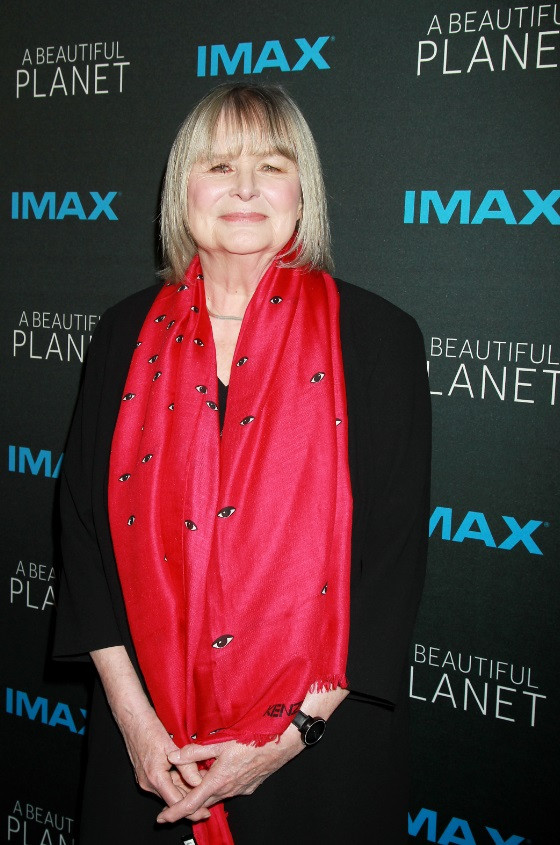A Beautiful Planet: Toni Myers talks directing Nasa astronauts and the benefits of IMAX technology

As technology advances around us, we're becoming more and more obsessed with immersing ourselves in whatever cinematic experience we can, with a desire to be a part of films we want to be fully immersed in rather than merely watching. Often the likes of IMAX and 3D pictures transport us to a world we're not familiar with in everyday life, be it in a superhero movie with special effects galore or a visual, and completely real, spectacle like recent space documentary, A Beautiful Planet.
IBTimes UK spoke with acclaimed director, Toni Myers, during said film's promotion, and something we were desperate to know was how one goes about helming a picture from Earth when the entire thing is set in space? "The process is quite different [when] shooting a film in space, because obviously we can't be there, but it's not a problem," she revealed.
"We train the astronauts how to be cinematographers and film-makers. We tell them everything they need to know about making a movie in space, from lighting, sound and even the direction of their crewmates in the scenes.
"The last thing we do in the training is have them do their own practice movie in which they have to do the whole thing from start to finish. Then we put the results of the test on an IMAX 60ft by 80ft screen and they get to look at their mistakes. There are never many mistakes but it's a great training tool. They always do a great job."
Speaking of IMAX, we asked Myers to explain why using such technology is so beneficial when working with subject matter such as space. The answer to which she emphasised was all about the fantastic visual outcome you're left with and the detail such cameras can pick up.

"All the night shots we were able to get for this film were an absolute revelation to me because we could never see those before," she told us. "In this film not only can you see light in the cities but see stars, thunderstorms and the fishing boats are a real highlights and most of the night shots give you a set of double-edge views that are not only gorgeous to look at but they quite telling in terms of what they say socio-economically in the case of fishing boats."
It involves the audience in the events that are going on on-screen, Myers explained, saying: "It's a 3D film and because of that and the steadiness and clarity of the IMAX image, it really does transport you to space. You forget that you are sitting in a theatre. You are floating alongside the astronauts in the space station and participating in what they are doing right alongside them.

At the very beginning of the film, we take the audience through the Milky Way to actually find where our Earth is located on an outer arm of the Milky Way galaxy. It's not CGI, so they will get to fly to that spot and know where we are in the cosmos. And in the end of the film we leave the Earth and go the other way out into the Milky Way to actually discover a system with other planets in it."
As fans of hers know, A Beautiful Planet isn't Myers' first film based in exploration, and a pattern of hers seems to be utilising the skills of high-profile actors to narrate the facts that accompany such documentaries. In the past, she has worked with the likes of Jim Carrey, Tom Cruise and Leonardo DiCaprio. Here, she uses Jennifer Lawrence.
"I always knew that I would want a female voice to narrate this film because the timbre and tone of a female voice was best suited for the subject matter," she admitted when we asked what drew her to The Hunger Games actress. "Also, I have several male astronauts who contribute to the voice-over in the film for their own reminiscences and responses to what they are seeing and so I wanted the female voice to be distinct from that.
"I am a great admirer of Jennifer's talents as an actress and she is also very committed to the environmental cause. She brought her passion to the performance and it was just a great thing, it was a privilege to be able to work with her."
A Beautiful Planet can be seen in IMAX 3D in UK cinemas from today (27 May).
© Copyright IBTimes 2025. All rights reserved.






















